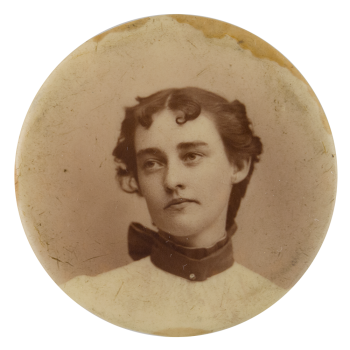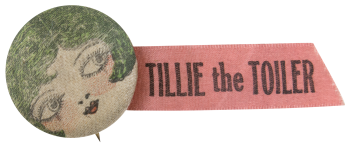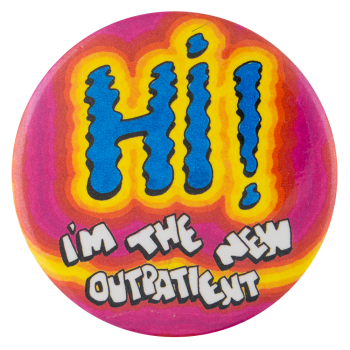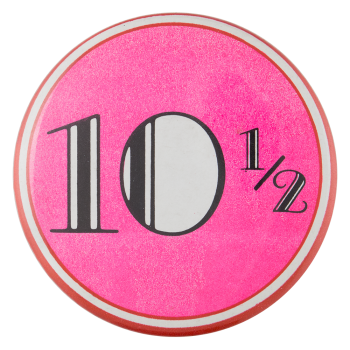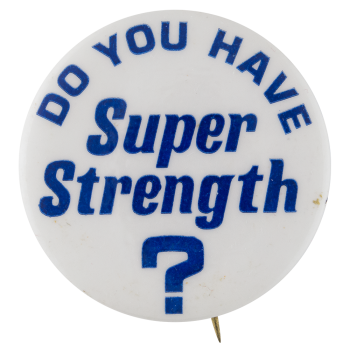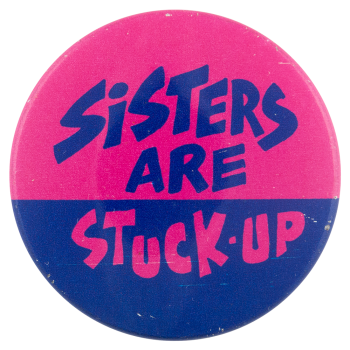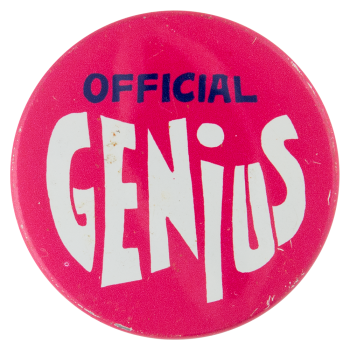Busy
| Category | |
|---|---|
| Additional Images | |
| Sub Categories | |
| Text on Button | BUSY |
| Image Description | Black and white illustration with black text on top |
| Back Style | |
| The Shape | |
| The Size | |
| The Manufacturer | |
| Additional Information | Have info on this button? Contact us here. |
| Catalog ID | AR0210 |



